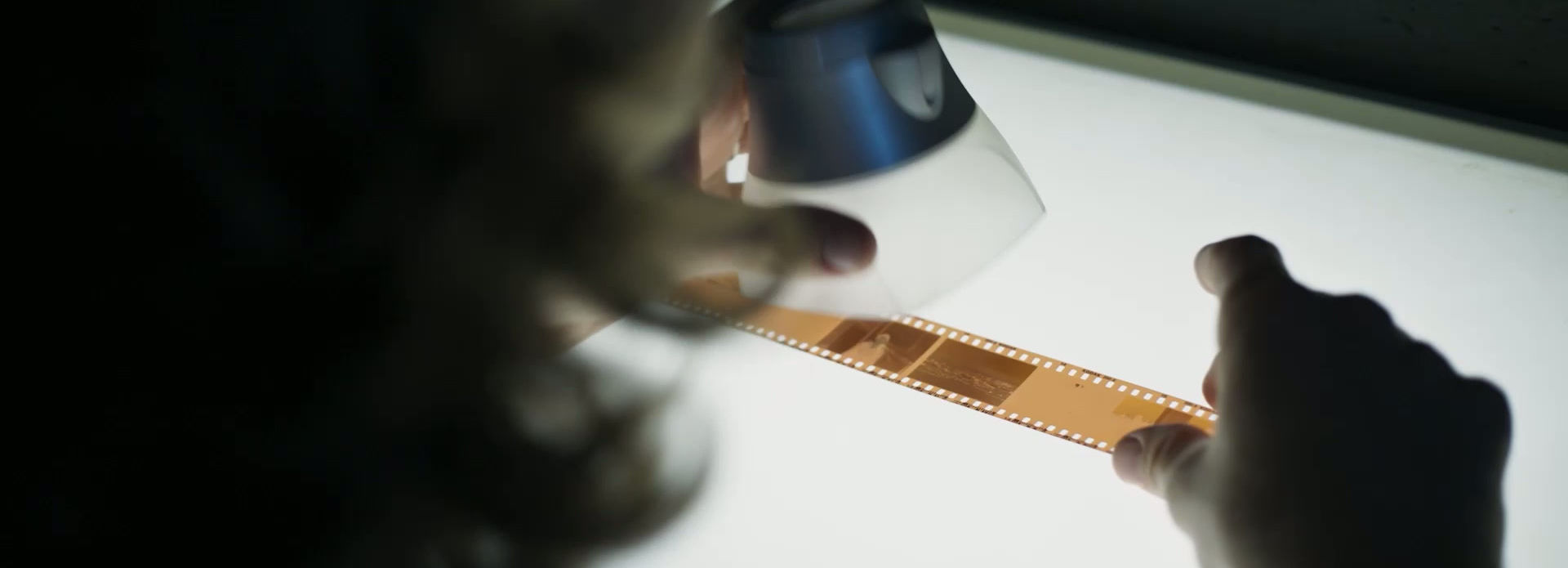shivtown
photo EXHIBITION
at the photo house gallery
tel aviv (2025)
Ten years ago, I arrived at the artillery military camp of "Shivta" in the Negev Desert. I was sent there to serve as an army photographer. My job was to document ceremonies and shooting drills. At the beginning of my service, I was treated as a "rookie" — unwritten rules applied to me: I was subjected to verbal and physical harassment, exhausting kitchen duties, humiliation, and harsh treatment from both soldiers and commanders. Lies became part of my routine in a militant environment with miserable living conditions.
In an attempt to push back against the reality I was living in, I began bringing to the base the analog camera my uncle had given me for my 13th birthday. Looking back now, years later, through a deep dive into my archive, I understand that the camera was a way to cope with a daily routine I couldn’t bear — simply being a soldier. I didn’t take many photos during my three years of service, but looking back, I see that each one I did take contained an entire world for me. After years of writing and focusing on my memories, I’ve come to realize, through my photographs, how I was humiliated, harassed, and left alone. My images from the military camp serve as concrete testimony to a time that felt eternal.
When I photographed, the loneliness that ate me from the inside was transformed into light burned into film. The camera was like a boat in the heart of the desert.I wonder — how many people in the world are trapped in oppressive systems, tools in the hands of powerful and complex structures, locked in depression, lost in fragmented identities, in compulsive religion, in poverty, in captivity, under military occupation. How lucky I was to be able to photograph. Absurdly, my role in the army led me to what I wanted to become — a photographer. What I was forced to shoot — propaganda — sparked in me a deep resistance that helped me discover the true meaning of photography for me: self-expression.
Curated by Maïa Aboualiten & Maïell duo
With the generous guidance of Shiraz Grinbaum




FOREIGN BODIES INTRODUCTION
EXHIBITION at
GALERIE KARINe MEYER, ARLES (2021)
Hillel, born in 1996 in Tel Aviv, had come to Paris when he was a child as his family is very attached to the city (his grandfather attended the Beaux-Arts courses and his mother assisted Claude Lanzmann on the edit of the movie Shoah).
Maïa, born in 1989 in Paris, never thought she would one day set foot in Israel mostly because of political and ethical reasons as the Palestinian territories kept being occupied by Israel, but also because of many fears and prejudices. It has been three years that the couple lives between Europe and the Middle East. Maïa is often “misconsidered” as an Israeli whereas Hillel is often regarded as a Scandinavian-looking tourist. Such misconceptions contributed to the way they photograph each other and their way of playing with the notions of foreignness and identity everywhere they go, using their ambivalent façades as an asset to approach all types of people and situations with their cameras in hands. While building up their relationship, they began to unveil and to understand some recurrent patterns inherent to both their families throughout History. Such as identity which cannot be monolithic as it may undergo many subtle changes in a lifetime, or immigration, travelling and art, the means to express oneself, to take a critical stance on the world, to look for new horizons and, above all, to fight self-centered conformism. Maïa and Hillel became an artistic duo, Maïell. Since then, they have insisted not to reveal which of the two is taking a picture so as to blur the lines of gender, nationality and age.
They have found, through their common visual language, a way to nourish each other and thus to become less foreign.

Curated by Maïell

Curated by Maïell

Rue Leon Blum 5, Arles

Curated by Maïell


